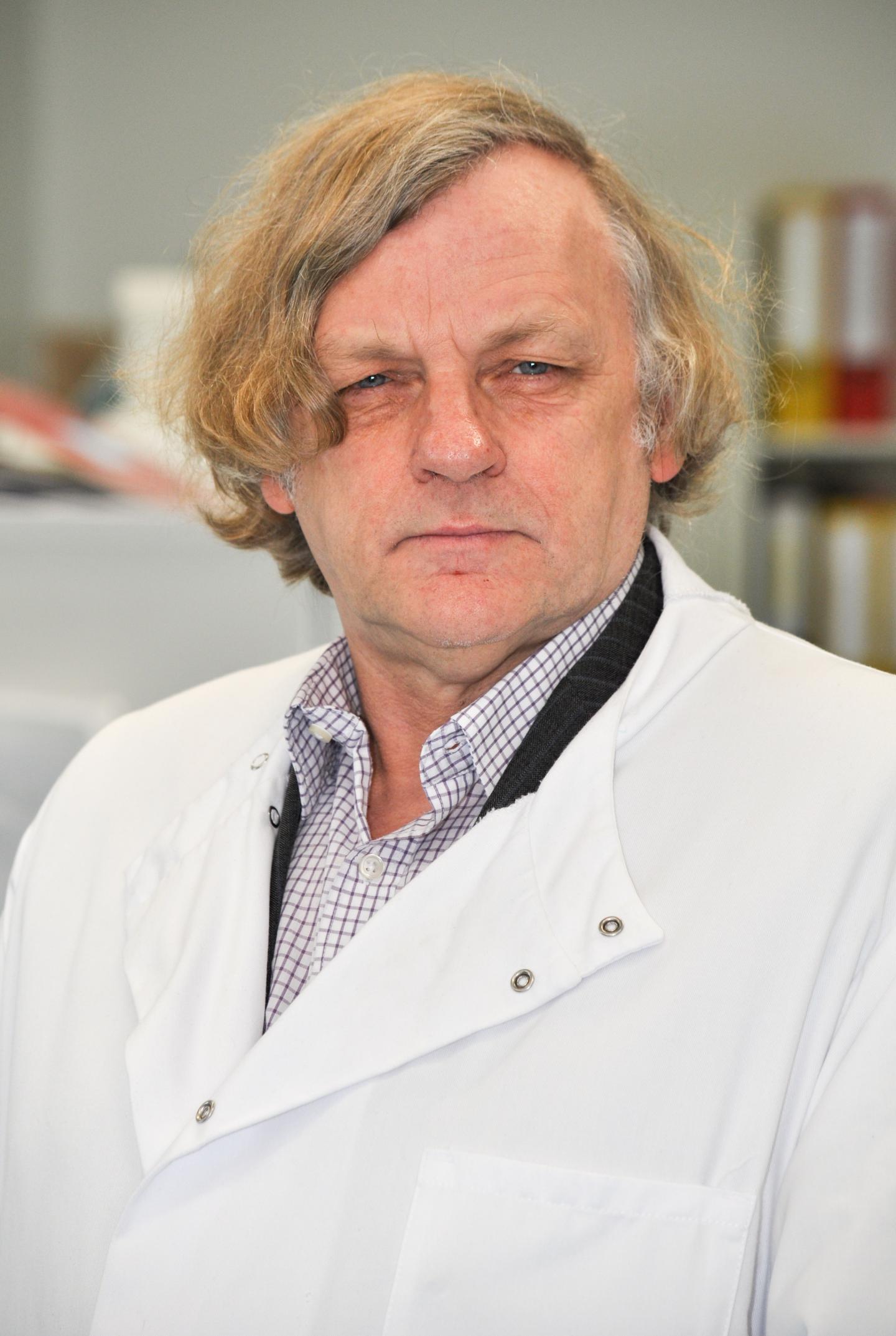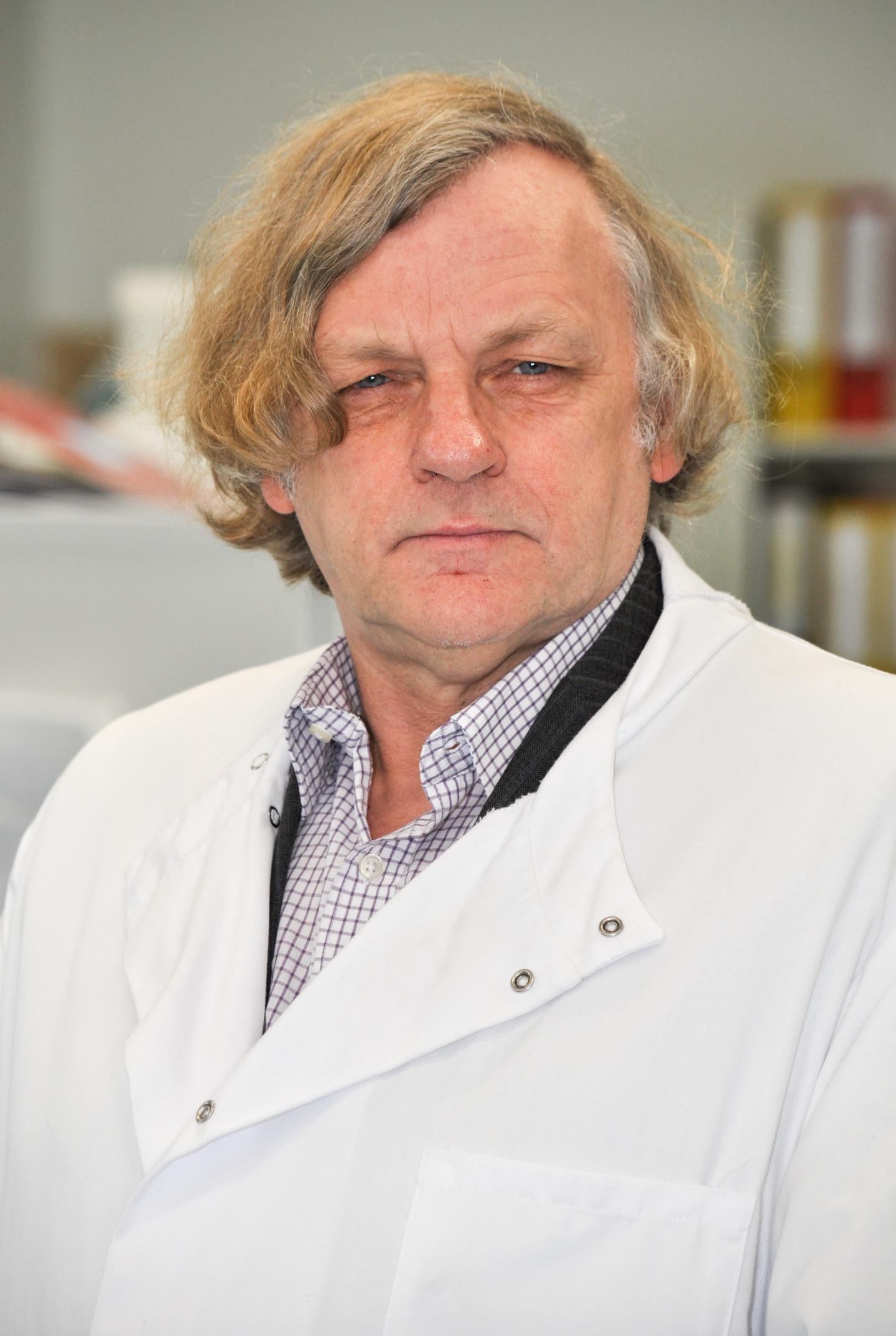
Credit: University of East Anglia
A new test has been developed to make the vital distinction between aggressive and less harmful forms of prostate cancer, helping to avoid sometimes-damaging unnecessary treatment.
Each year 46,000men in the UK develop prostate cancer and many cancers progress after diagnosis to become life threatening. 11,000 men will die from the disease every year.
However, unlike many cancers, more than 50 per cent of prostate cancer cases cause no symptoms and are never life threatening. But it is not possible at the point of diagnosis reliably distinguish these from clinically important cancers.
Prof Colin Cooper, professor of cancer genetics at UEA's Norwich Medical School, said: "Previously, distinguishing the dangerous 'tigers' from the less threatening 'pussycats' has not been possible for many men.
"Curative treatment of early prostate cancer by surgery or radiotherapy needs to ideally be targeted to the minority of men with significant cancers, so that the remainder are spared the side-effects of treatment, which frequently includes impotence.
"Improved clinical markers are therefore required to predict behaviour allowing radical therapies to be targeted to men with significant cancers, so that the remainder, with biologically unimportant disease, are spared the side-effects of treatment."
Funded by donations to The Difference Campaign, including support from the Bob Champion Cancer Trust and The Masonic Charitable Foundation, Prof Colin Cooper and Dr Daniel Brewer from Norwich Medical School collaborated with Prof Vincent Moulton and Dr Bogdan Luca from UEA's School of Computing Sciences to devise a new framework for classifying human prostate cancer using a mathematical approach.
When looked at down a microscope prostate cancer is complex and made up of many parts, more so than other cancers. This means that previous attempts at a classification have been unsuccessful. By applying a new mathematical approach to overcome that problem, researchers identified a novel 'poor prognosis' category of human prostate cancer called DESNT.
They applied a method to cancer samples called Latent Process Decomposition (LPD), which assesses the structure of a set of data in the absence of knowledge of clinical outcome. Gene expression levels in each cancer sample are then modelled which led the team to identify a common process in the data they studied which was unique to clinically important cancer.
Prof Moulton said: "So far, mathematical approaches to categorising prostate cancers hasn't worked because of the diverse make-up of the samples, but by applying the LPD process, we revealed could group cancers which shared common traits, and designated them DESNT cancers.
"These were categorized by low expression of a core set of 45 genes, many encoding proteins involved in the structure of cells, transport of ions and cell adhesion. This was common across the samples of cancers known to have a poor patient prognosis."
Bob Champion MBE said: "We are extremely excited about the success of this test and very grateful to Professor Cooper and his team. Distinguishing the 'tigers' from the 'pussycats' will help the quality of life for so many men in the future'."
David Innes, chief executive of the Masonic Charitable Foundation, said: "We are very pleased to have been able to support this important study. Preventing more than 23,000 unnecessary and potentially harmful operations every year in this country alone is a great achievement."
Dr Iain Frame, director of research at Prostate Cancer UK said: "We urgently need to be able to tell the difference between aggressive prostate cancers that could go on to kill and those that won't. Cracking this problem remains one of the biggest challenges in tackling the disease. Currently, too many men receive treatments and endure life changing side effects for cancers that may never cause them harm. This is why Prostate Cancer UK is investing heavily in research to find better diagnostic tests that will transform diagnosis within the next ten years.
"The research results reported today are important because they add crucial information that will help us build a more complete picture of what makes some prostate cancers aggressive. This will undoubtedly help us provide an earlier and more accurate diagnosis and in turn inform us how best to treat the disease."
Prof Cooper said: "The existence of this distinction is a significant step in assisting in the targeting of appropriate therapy, and helping to avoid over-treatment."
'DESNT: A poor prognosis category of human prostate cancer' is published in the scientific journal European Urology Focus.
###
Media Contact
Lucy Clegg
[email protected]
44-016-035-93496
@uniofeastanglia
http://comm.uea.ac.uk/press
############
Story Source: Materials provided by Scienmag





